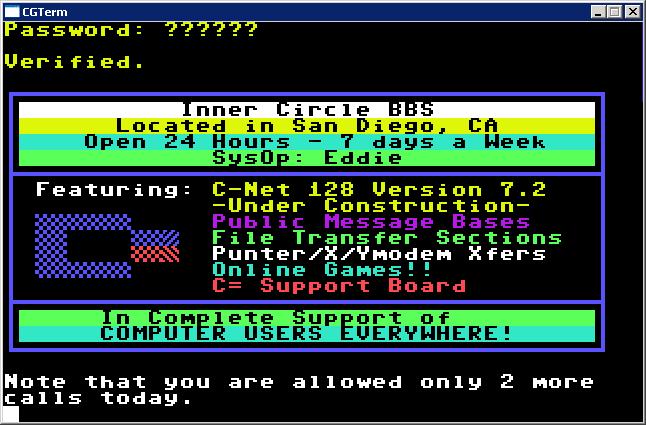Bulletin Board System
What is BBS?
Before the World Wide Web came into existence, people were able to share content and interact with each other online with the help of a certain computer system. Using a terminal program and running a software, users could connect to this system and exchange data with each other. They could also upload and download software, send and receive messages using message boards or through electronic mail, read bulletins and news or even play on-line games. As you can imagine, the name “Bulletin Board System” (hereafter referred to as BBS) was given to this system since it was similar to an online version of the cork-and-pin bulletin board which can usually be seen in schools, libraries or other public areas which are places for people to put up advertisements, news or messages.
There are many BBS’s which were created over the years. Most of them are about a particular topic while some of them cover more general subjects. Some of the special interests which are represented on BBS’s are multi-player games, information for the disabled, dentistry and guns. BBS’s are often free while some of them expect a membership fee to be payed. Many people don’t know that chat acronyms originated in BBS’s and that online chat became so popular thanks to the BBS.
History
The BBS was created by Ward Christensen and Randy Suess in 1978. The first BBS was the Computerized Bulletin Board System (CBBS). According to an early interview, Christensen began his work on the CBBS during the time in which he was snowed in due to the Great Blizzard of 1978 in Chicago. together with Seuss. At that time ARPANET was in operation but it was restricted to institutions funded by the U.S. Department of Defense. The CBBS became the first non-military computer-based community, except for timesharing systems. It went online on February 16, 1978 in Chicago.
External Links
- [Visited on 4/11/2014] BBS Corner
- [Visited on 4/11/2014] Tech Target
- [Visited on 4/11/2014] fehq.org
- [Visited on 4/11/2014] Encyclopaedia Britannica
- [Visited on 6/11/2014] Image from "hippobytes.com"
